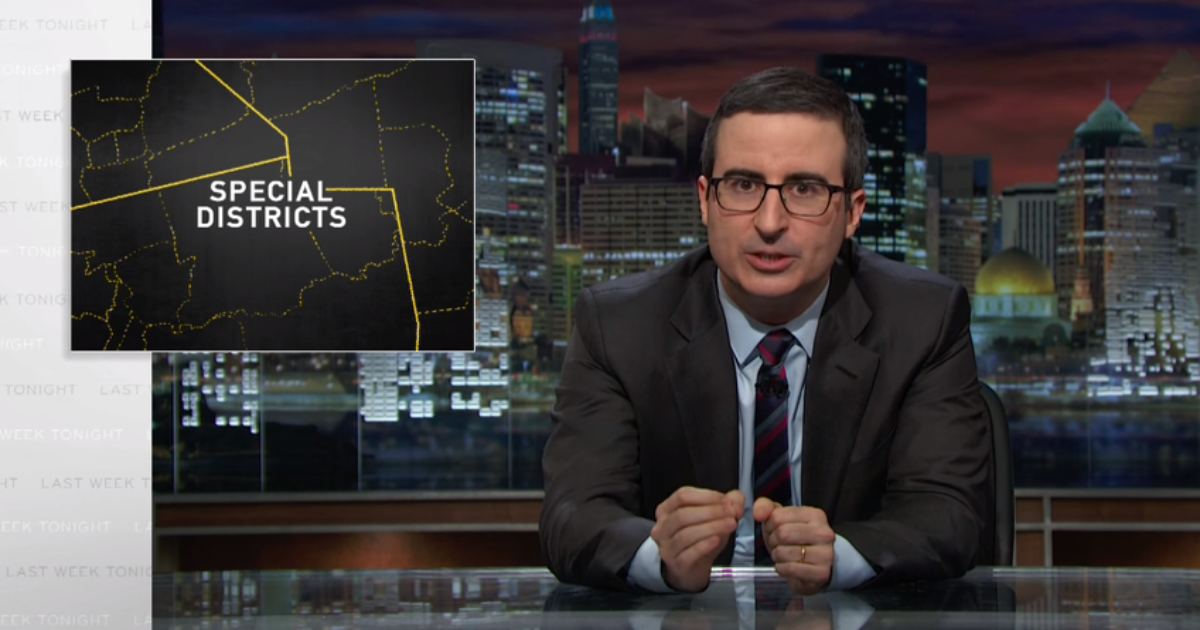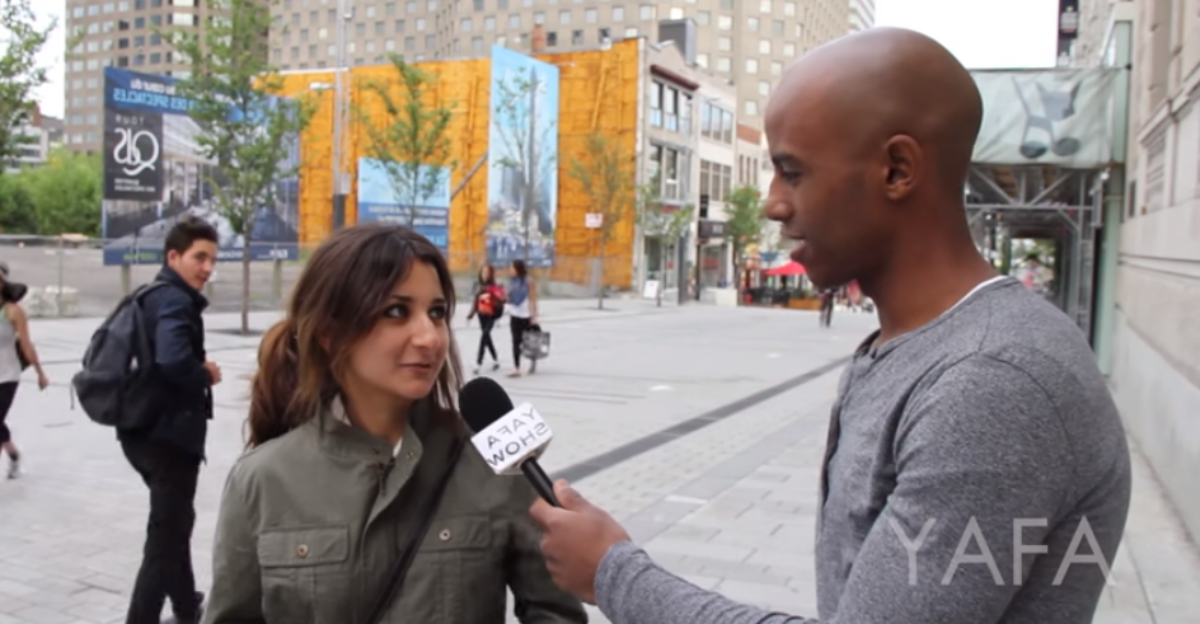In this two part series, Ring of Fire details the two prevailing viewpoints regarding the best means to bring about racial equality in America. The viewpoint addressed in this article is that racial equality can best be achieved by working within the system and seeking solidarity. Interestingly, the voice for this movement is Bobby Seale, the co-founder of the Black Panther Party. In the ROF companion article also posted today, the viewpoint expressed is that racial equality can best be achieved through a black rage movement, such as Black Lives Matter.
“The best way to fight racism is with solidarity.”
This coming October marks the forty-ninth anniversary of the founding of the Black Panther Party (which has no connection to the New Black Panther Party, founded in Texas in 1989). The organization came about in 1966 in response to problems in Northern and Western cities that the earlier Civil Rights Movement in the South had failed to address.
While the Civil Rights Movement had managed to bring an end to “Jim Crow” laws in the former Confederacy, African-Americans, who had migrated northward during the Second World War in order to take jobs in wartime industries, found themselves subject to the same conditions they had left behind – if not by statute, then certainly by default.
As white families fled to the new, growing suburbs, blacks were concentrated in inner cities. In these “ghettos,” they eventually found themselves deprived of jobs, adequate housing, educational opportunities and even political power and representation. The black population was subject to police departments and law enforcement agencies made up almost exclusively of white officers.
During the mid-1960s, California saw two major incidents, sparked by police violence perpetrated against black youths. The Los Angeles Watts Riots, which took place fifty years ago this month, was precipitated by the arrest of an African-American motorist under suspicion of driving under the influence. According to witnesses, the young man was unnecessarily brutalized. Just over a year later, in San Francisco’s Hunters Point neighborhood, a 16-year-old African-American youth named Matthew Johnson was shot in the back as he attempted to flee a police officer who suspected him of car theft. During the ensuing violence of the next three days, California Governor Pat Brown called out the National Guard and declared martial law.
Two African-American activists, Bobby Seale and Huey P. Newton, co-founded the original Black Panther Party for Self-Defense in response to what they perceived as failure on the part of Civil Rights organizations such as the Student Nonviolent Coordinating Committee (SNCC) and the Congress of Racial Equality (CORE) to address the issues faced by inner-city blacks. Seale and Newton decided that, rather than ignore the anger among blacks or engage in accommodation and attempt to engage in dialogue, the answer was to channel that rage into community and political action. Newton began organizing armed patrols to monitor police.
The Black Panthers were controversial in their day. On one side, they attracted support from the political left, particularly over their socialist goals and positions as outlined in the organization’s “10-Point Plan,” as well as their stand against US imperialism. On the other side, the party drew fear and suspicion from the political right and the establishment. Eventually, the Black Panthers were targeted by the FBI. Through a covert and even illegal series of projects known as the Counter Intelligence Program (COINTELPRO), the FBI attempted to “neutralize” the organization. This was done largely through the use of “divide and conquer strategies,” exploiting rivalries and disagreements among various African-American activist groups. They also targeted beneficial social programs endorsed by the BPP, including a Free Breakfast program for low-income children. The Bureau employed intimidation tactics against individuals and organizations supporting such programs.
Despite FBI efforts and a number of violent incidents, the BPP continued to grow in size and influence. At its height in 1969, there were 10,000 members in nearly 70 cities across the nation.
In the early 1970s, fractures began to appear in the organization. Part of it was due to the success of COINTELPRO in sowing suspicion and creating tension among members of the BPP. A number of killings involving BPP members further tarnished the organization’s image. Attempts by prominent members to take over city government in their home city of Oakland met with only limited success.
In 1968, Seale was among eight people, including Abbie Hoffman, Jerry Rubin and future California State senator Tom Hayden, who were put on trial for conspiracy and inciting to riot during that year’s Democratic Convention in Chicago. Because of Seale’s frequent angry outbursts in the courtroom, he was charged with numerous counts of contempt and sentenced to a four-year prison term. During his time in prison, he was charged with the murder of a fellow Black Panther, Alex Rackley, who had been suspected of being an FBI informant. His trial ended in a hung jury, and the charge of murder was eventually dropped.
After his release from prison, he discovered his wife was pregnant by another man. Fred Bennett, whom Seale believed to be the father, was later found brutally murdered. Law enforcement suspected that Seale had ordered the killing, but there was insufficient evidence, and charges were never filed. However, in an article titled, “On Violent Revolution,” Seale wrote: “The people have now come to realize that the only way to deal with the oppressor is to deal on our own terms and this was done.”
Nonetheless, the BPP realized it would have to change its image. Seale and others began to understand that unless people’s basic needs were met, they would not be able to effect meaningful social change. A program to provide meals to Bay Area children was instituted, with the slogan, “The Youth We Are Feeding Will Surely Feed the Revolution.” Seale also began to understand the need for working within the system. In 1973, he ran for mayor of Oakland, winning the second-largest number of votes. It was the beginning of a shift in Seale’s thinking.
After leaving the BPP in 1974, Seale took time for reflection. Now 78, Bobby Seale looks back at his experience with the BPP, which serves as a cautionary tale for today’s Black Lives Matter movement. He has renounced violence, having come to realize that lasting and effective change can only be accomplished by working within the existing power structure. He also understands that the racial divides in the US are largely the result of economic forces and a system rigged by, and for, the benefit of, the “1%”.
On his website, Seale writes:
Let’s get beyond the present extremist practices of avaricious racist corporate monopoly globalizing capitalism having evolved a system which concentrates 90% of all the political-economic power in to the hands of the one percent cooperate money-rich around this OUR earth.
Seale also calls for “greater constitutional ‘direct’ democracy…i.e. greater peoples’ decision making participatory Community Control democracy” [sic].
Appearing in a new documentary about the BPP, The Black Panthers: Vanguard of the Revolution, Bobby Seale reiterates, “You don’t fight racism with racism. The best way to fight racism is with solidarity.”
To read the Ring of Fire companion piece expressing the counter viewpoint, click Promoting Racial Equality: Viewpoint 2: “Black Rage is the Only Voice White People can Hear”


